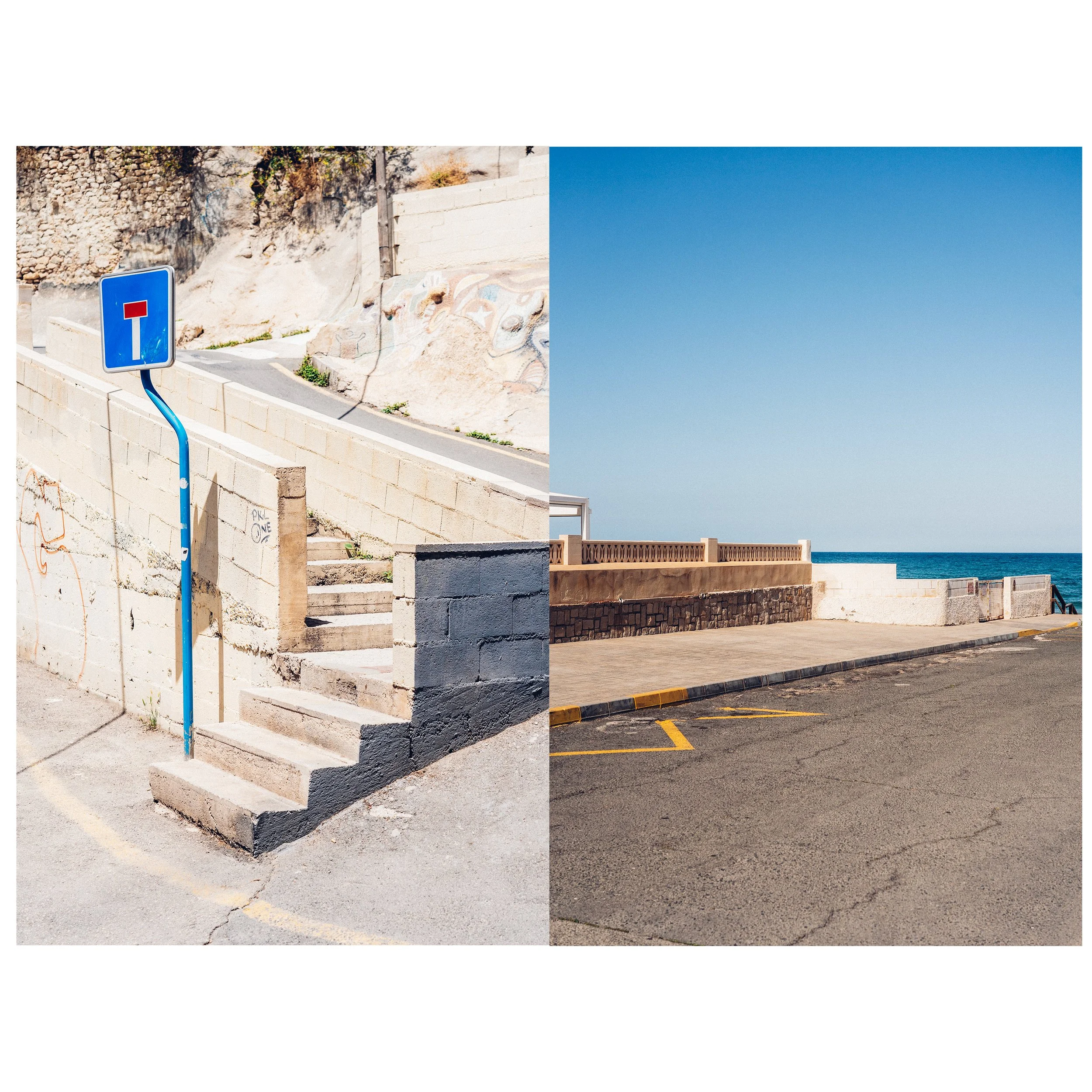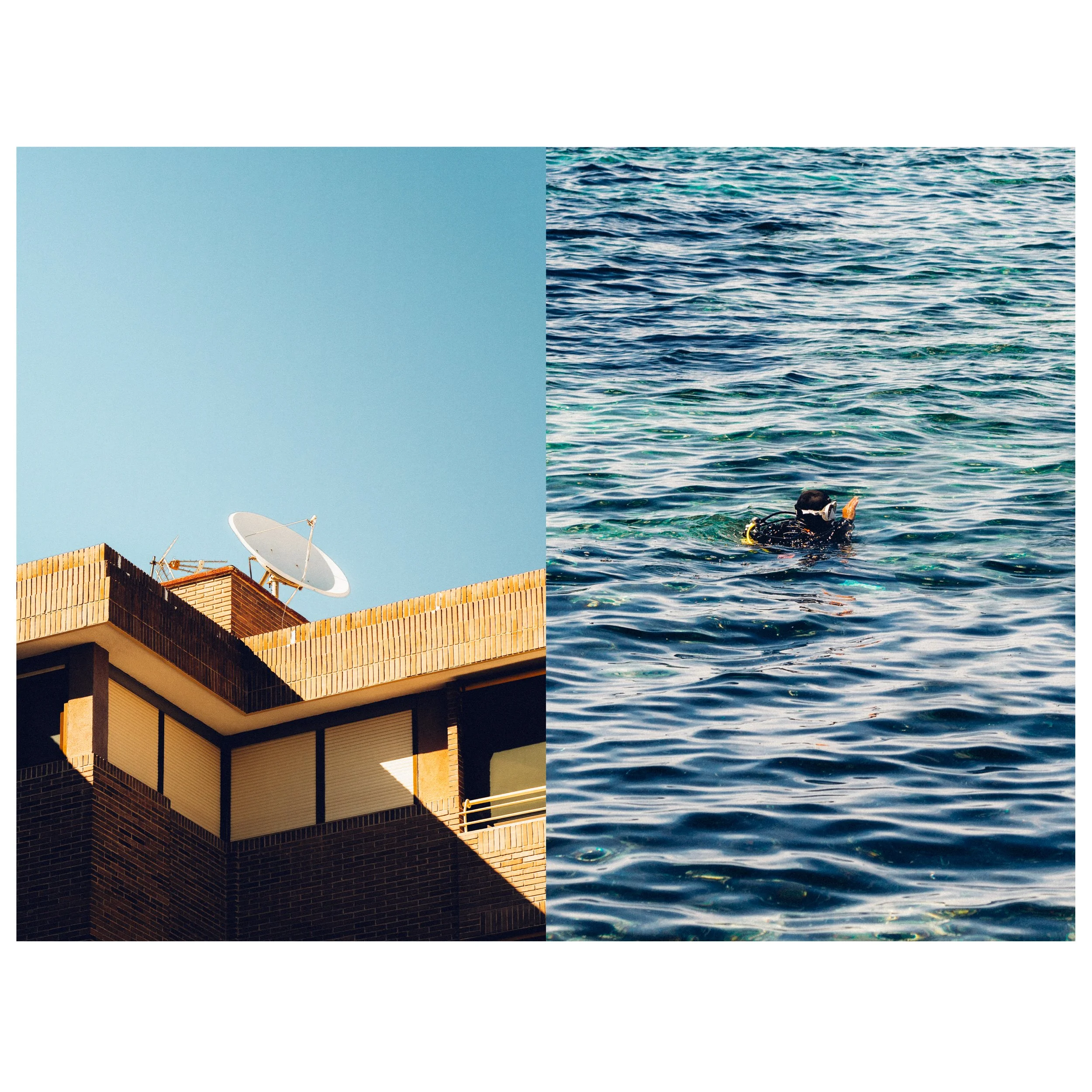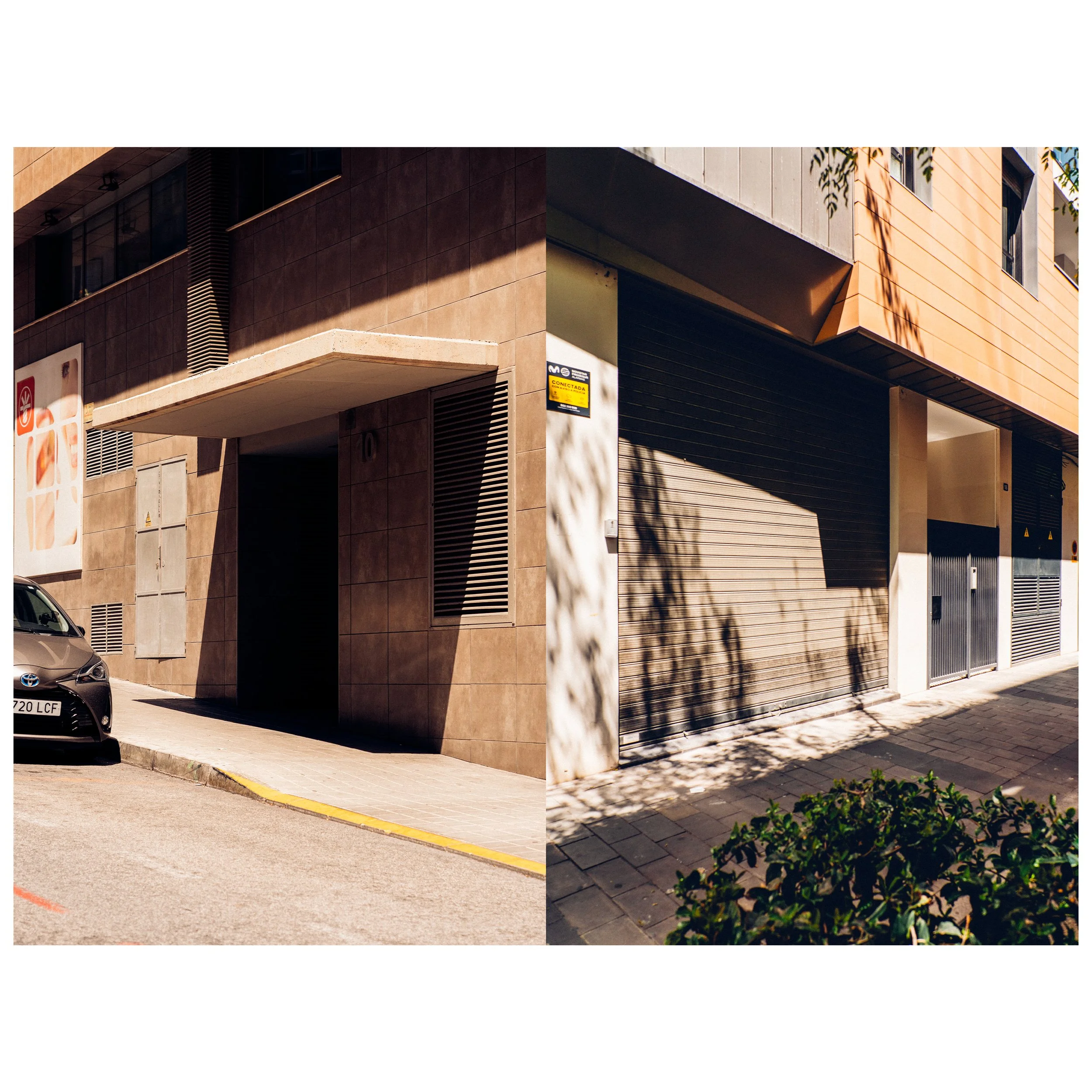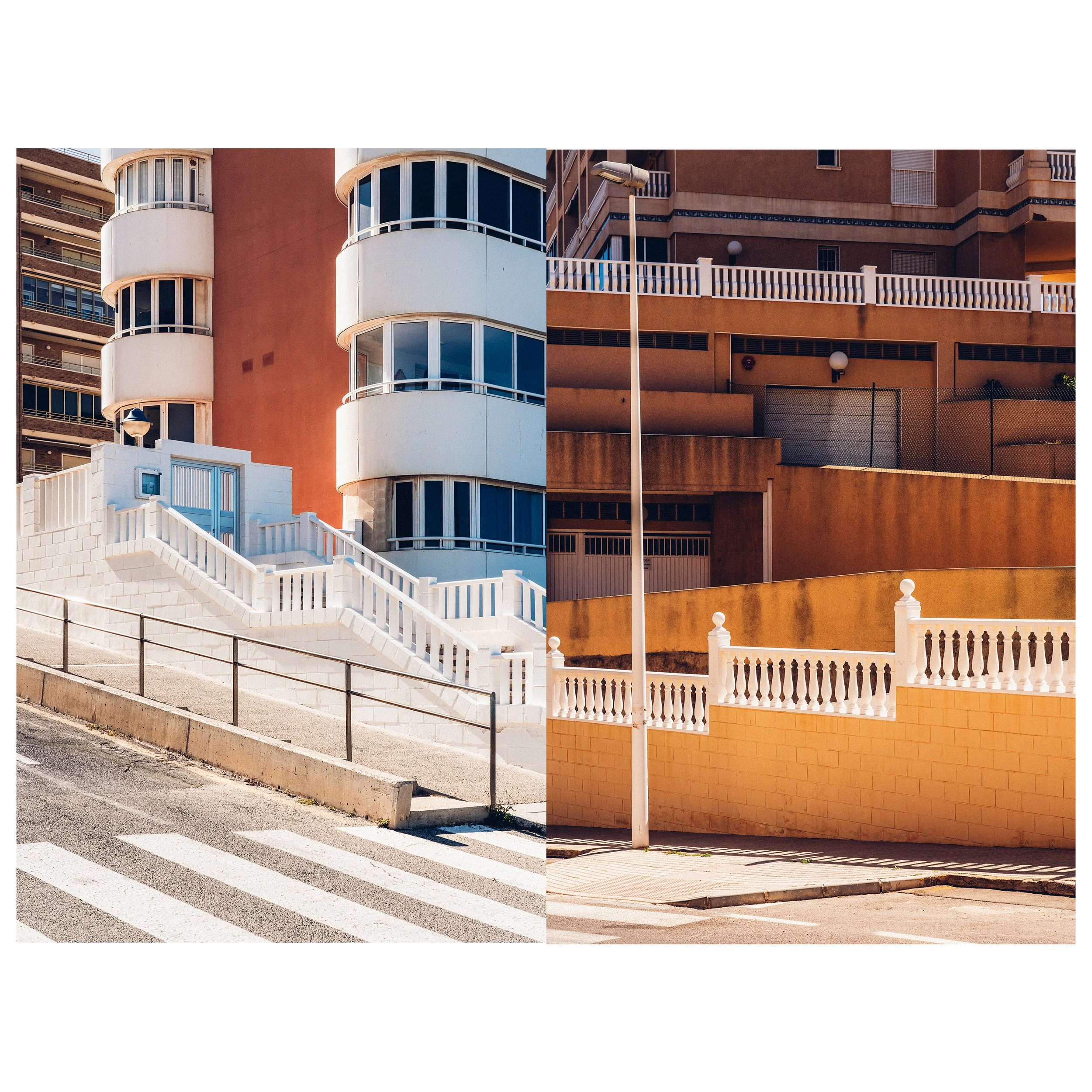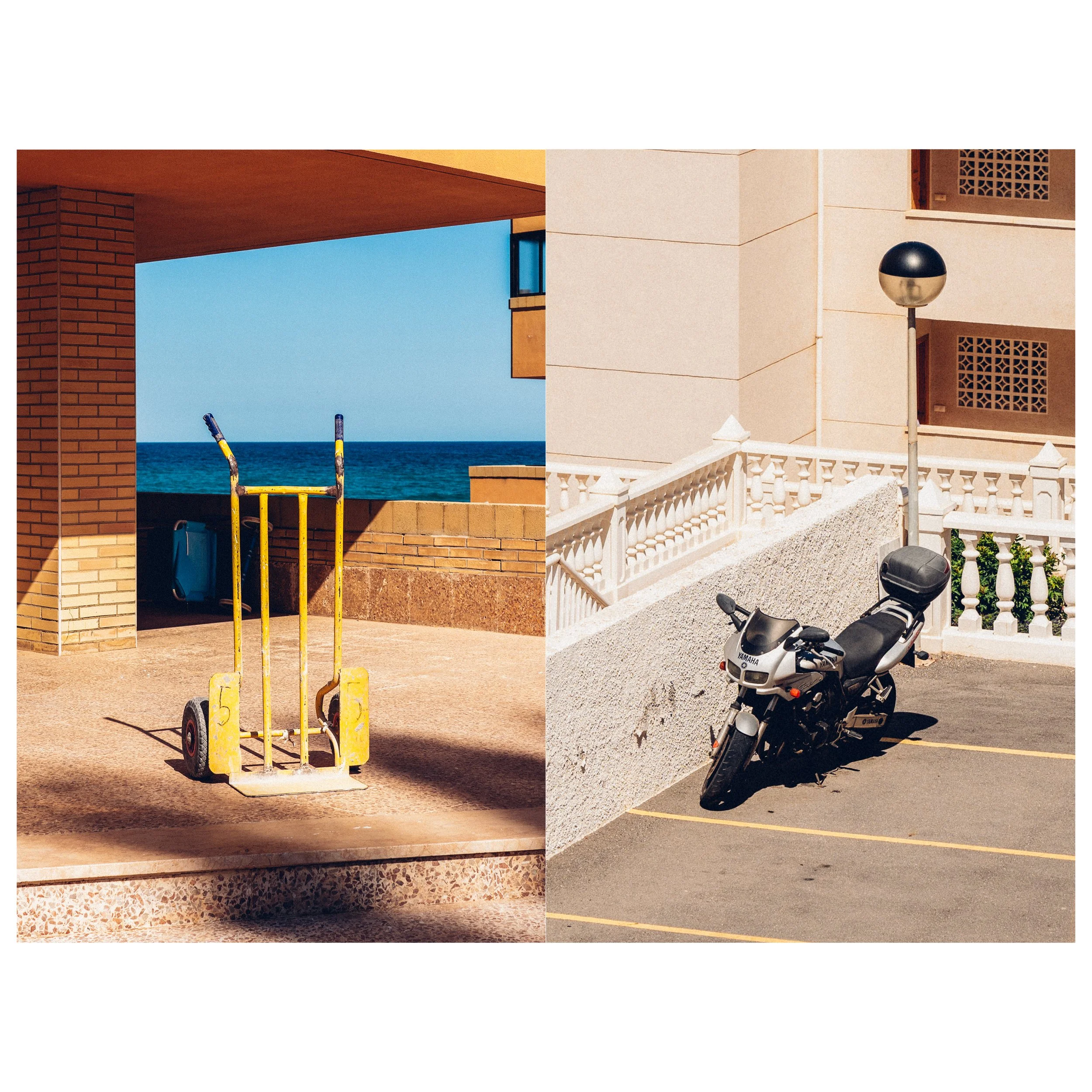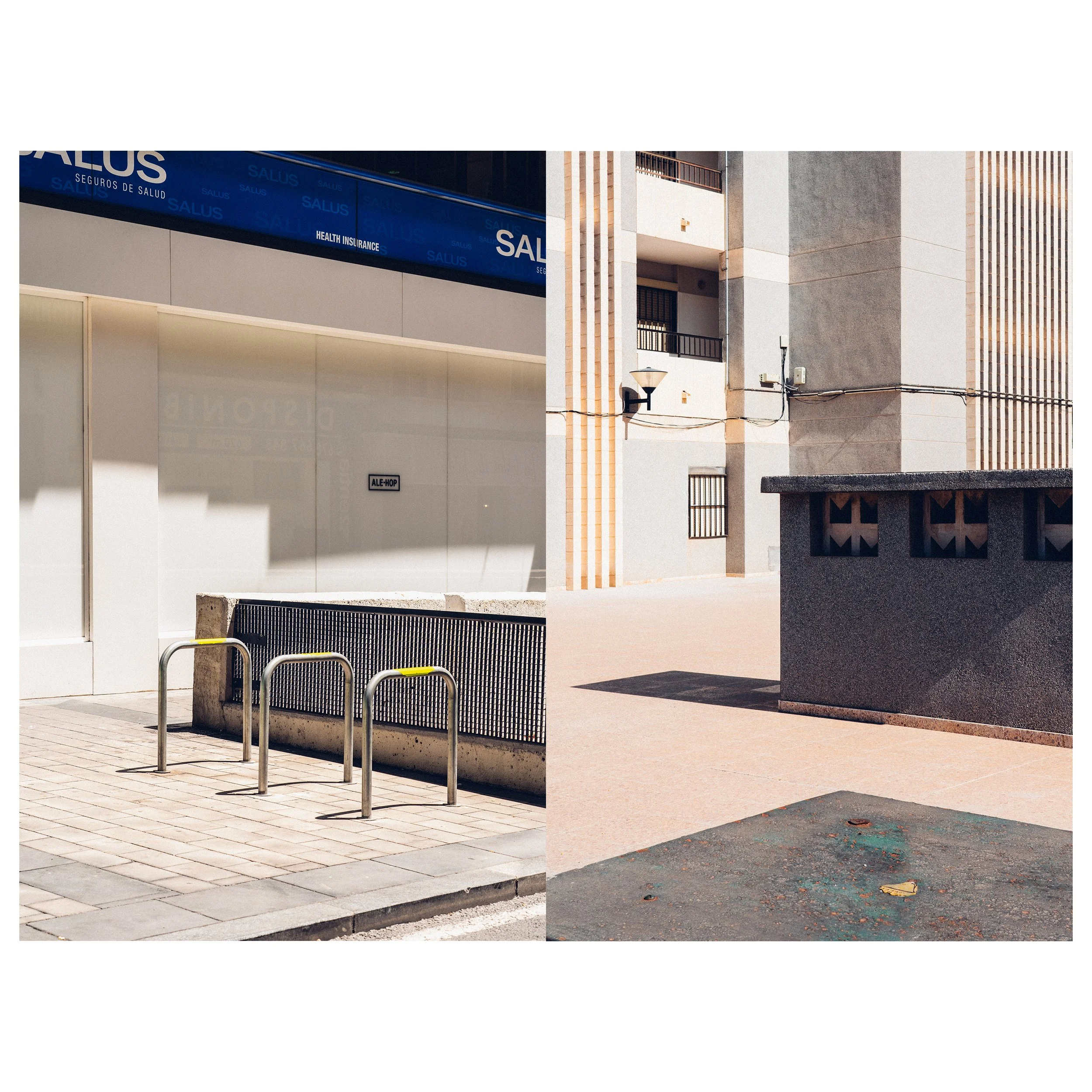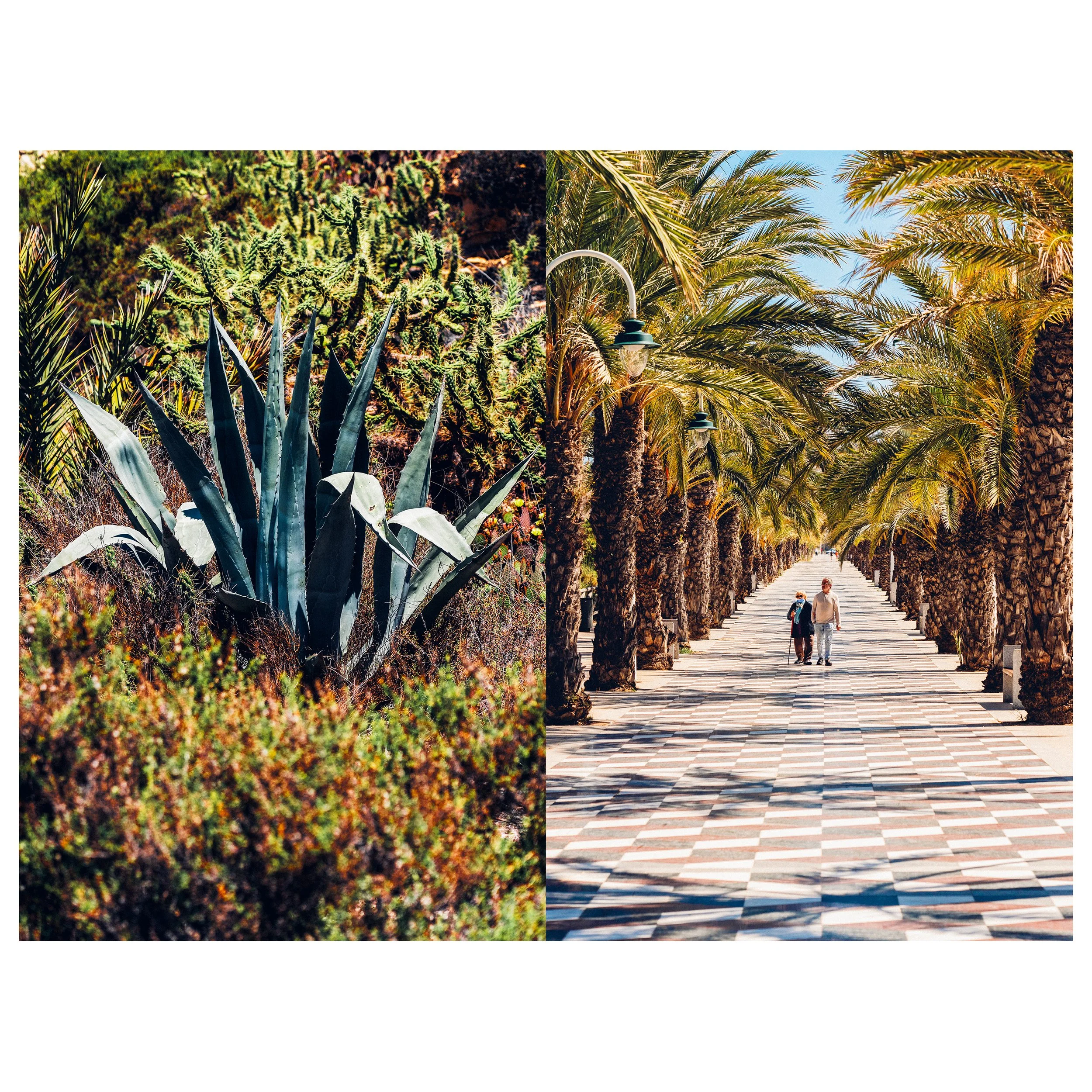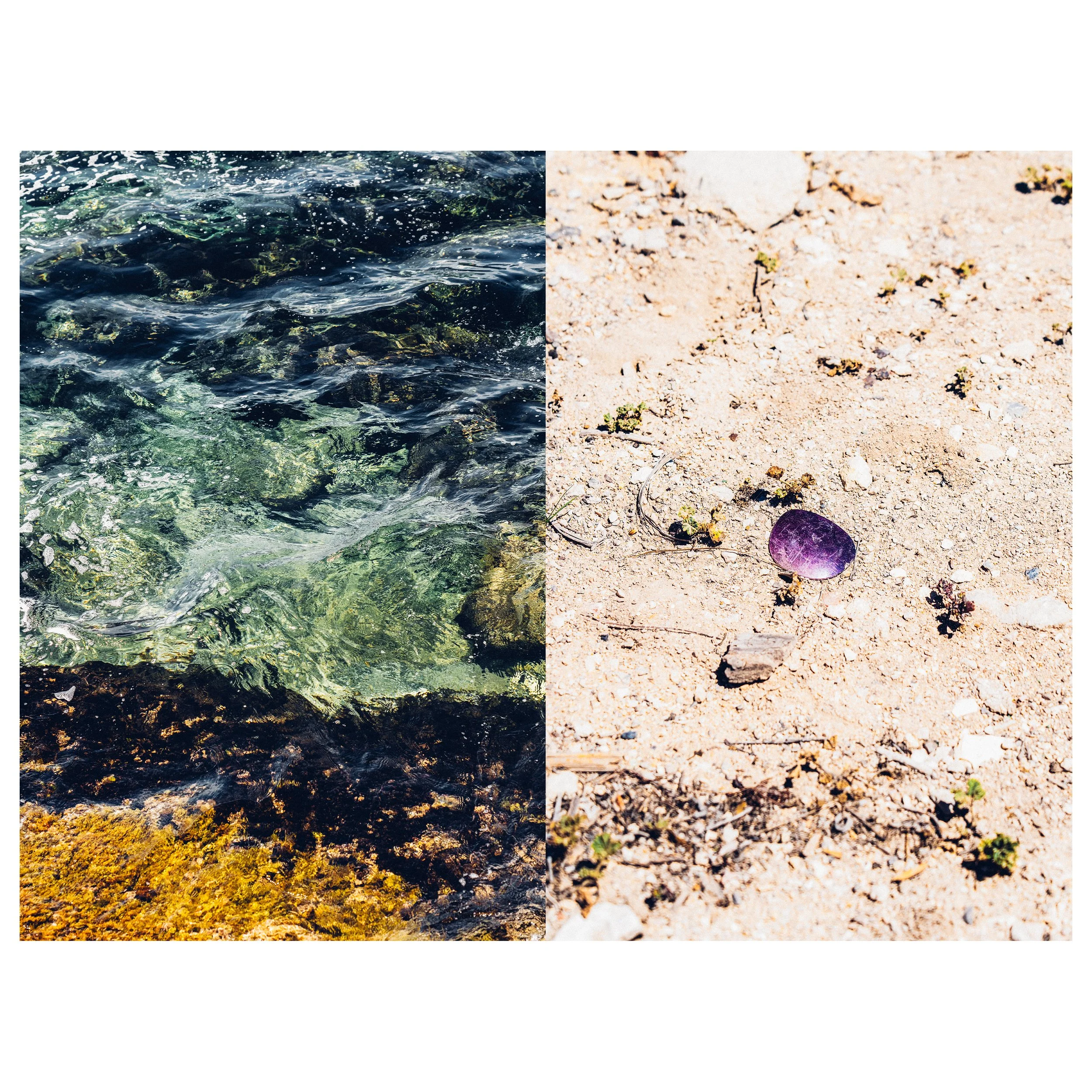Bénidorm: Inferno beach
Costa Blanca: From Nets to Decks - A Tourist Transformation
Spain's Costa Blanca coastline, once dominated by the rhythmic clatter of fishing nets, now boasts a skyline sculpted from concrete and glass.
Towering hotels and apartment complexes hug the sun-drenched shores, a testament to the region's dramatic shift from a fishing industry to a tourism powerhouse.
The transformation is stark. Gone are the days of bobbing fishing boats and bustling harbors, replaced by sprawling beaches teeming with sunbathers from across Europe. This influx highlights the incongruity - a once-desolate coastline,now a playground for sunseekers.
The driving force behind this change is undeniable: tourism's golden touch. Costa Blanca's long stretches of golden sand and seemingly endless sunshine proved irresistible. But the question lingers: can sun, sand, and towering resorts coexist harmoniously?
The transformation of Costa Blanca raises a crucial question: can this model of tourism be sustained in the long run? The concrete sprawl stretching along the coast paints a clear picture of environmental impact. Airports hum with tourist-laden planes, their kerosene fumes a stark reminder of the industry's carbon footprint. Souvenir shops overflow with trinkets,often mass-produced in faraway factories, adding to the environmental cost.
This high-volume, fast-paced approach to tourism raises concerns about its long-term viability. Can Costa Blanca's natural beauty withstand the strain of millions of visitors each year? Is there a way to reconcile economic prosperity with environmental responsibility? The future of this sun-drenched paradise may depend on finding a path towards a more sustainable tourism model, one that celebrates the natural wonders that drew visitors in the first place, while ensuring their preservation for generations to come.












